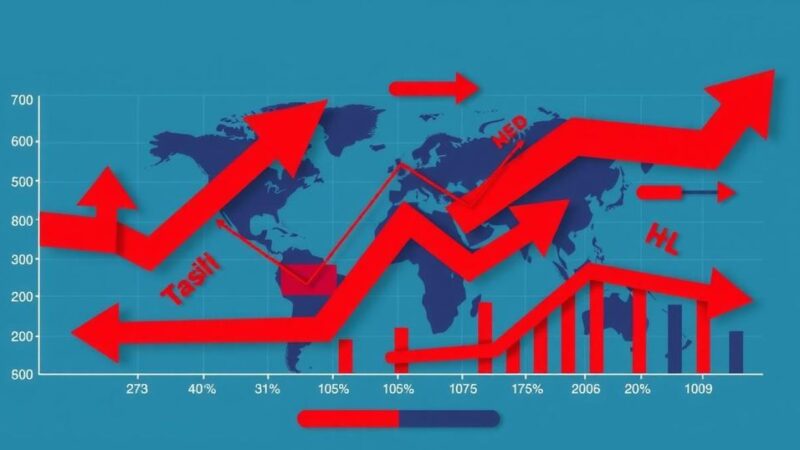A significant trend is emerging in Kenya as over one-third of citizens have increased borrowing due to rising living costs. Traditional strategies of cutting expenses are declining, with more individuals turning to loans, while optimism about financial futures persists despite facing challenges.
In Kenya, over one-third of citizens have increased their borrowing due to the high cost of living and delayed salaries. Traditionally, Kenyans coped with economic struggles by cutting back on non-essential expenses. However, a shift is occurring, as households now increasingly seek loans to sustain their needs, indicating a departure from previous spending strategies.
The recent Money March report published by Tala highlights this trend, indicating that rising living costs have made it challenging for families to reduce their expenses further. In fact, the number of individuals willing to cut spending dropped from 72% last year to 59% this year. Conversely, those choosing to borrow has risen from 27% to 46%, revealing a significant behavioral change in financial management. Moreover, the percentage of individuals considering starting new businesses has also increased.
Teddy Kahiro, research manager at Tala, pointed out that most Kenyans feel the persistent economic strain leaves little room for expenditure cuts, leading to the necessity of borrowing. According to the report, business expenditures, educational expenses, and daily living needs are the primary reasons for borrowing funds, with 80% of borrowers expressing confidence in their repayment capabilities.
Annstella Mumbi, general manager at Tala-Kenya, added that many respondents are saving up to 20% of their income for investments, mainly in savings and business ventures. However, hesitancy due to fear of loss and a lack of trust in investment platforms hinder further savings and investments. The report notes an increase in business ownership and a decline in full-time employment as the primary income source.
Despite financial challenges, 90% of surveyed Kenyans reported experiencing financial woes in the last six months, with 32% feeling stressed about their finances. Nevertheless, optimism remains high regarding financial futures, with 46% expressing a positive outlook, demonstrating the resilience of the Kenyan population amidst economic pressures.
In summary, the financial landscape in Kenya is shifting, with borrowing becoming a prevalent necessity owing to the high cost of living and economic pressures. While traditional coping mechanisms such as reducing expenditures decline, many Kenyans are turning to loans to maintain their livelihoods. The trend towards increased entrepreneurship and positive sentiments about the future reflect the resilience and adaptive strategies of the population amid financial challenges.
Original Source: eastleighvoice.co.ke






